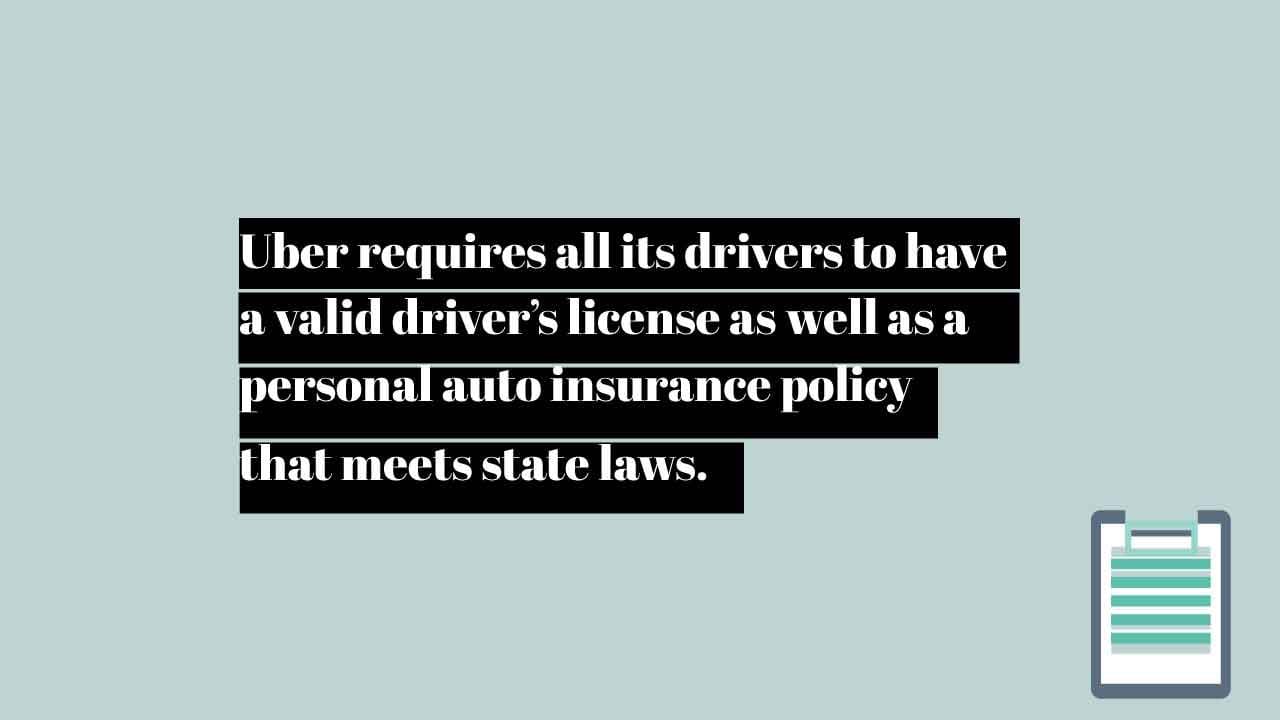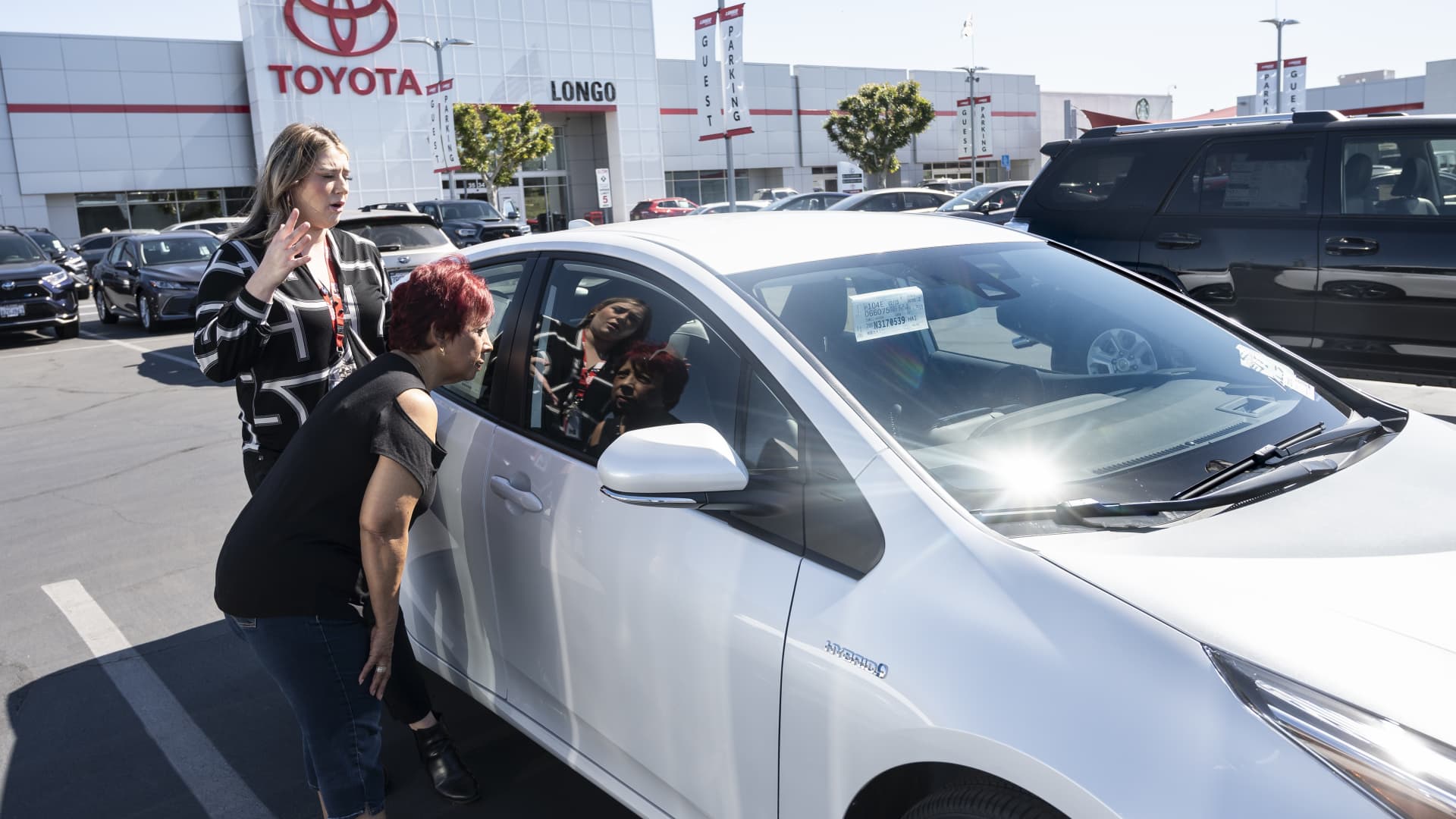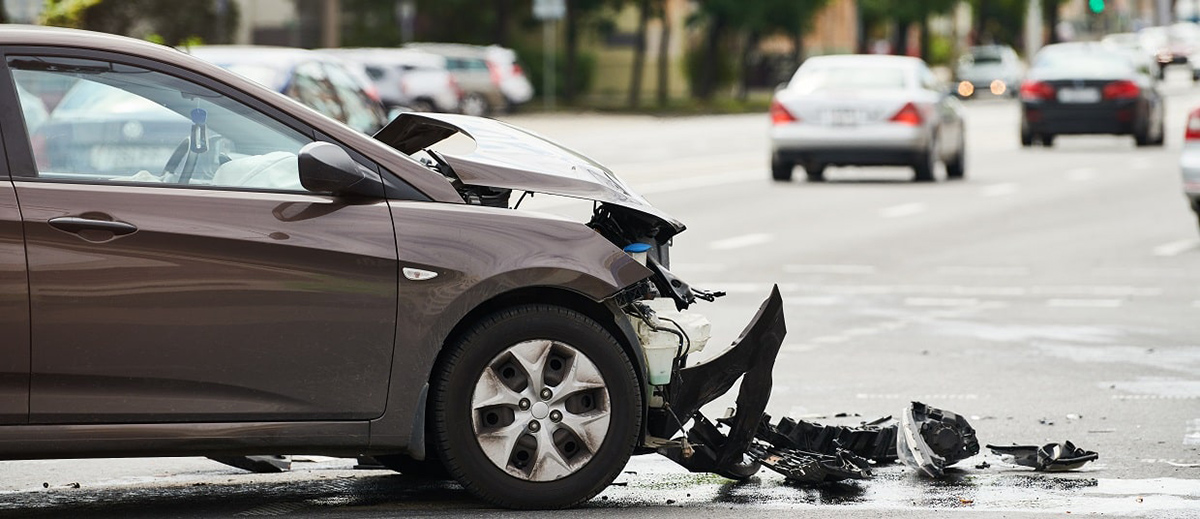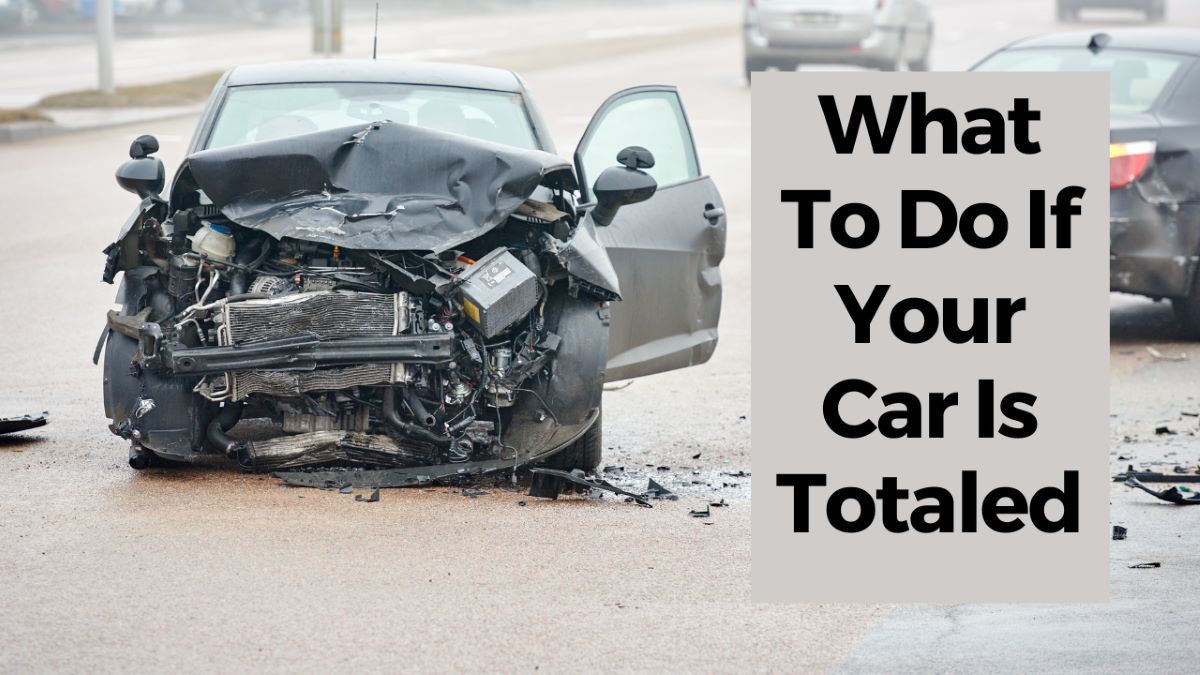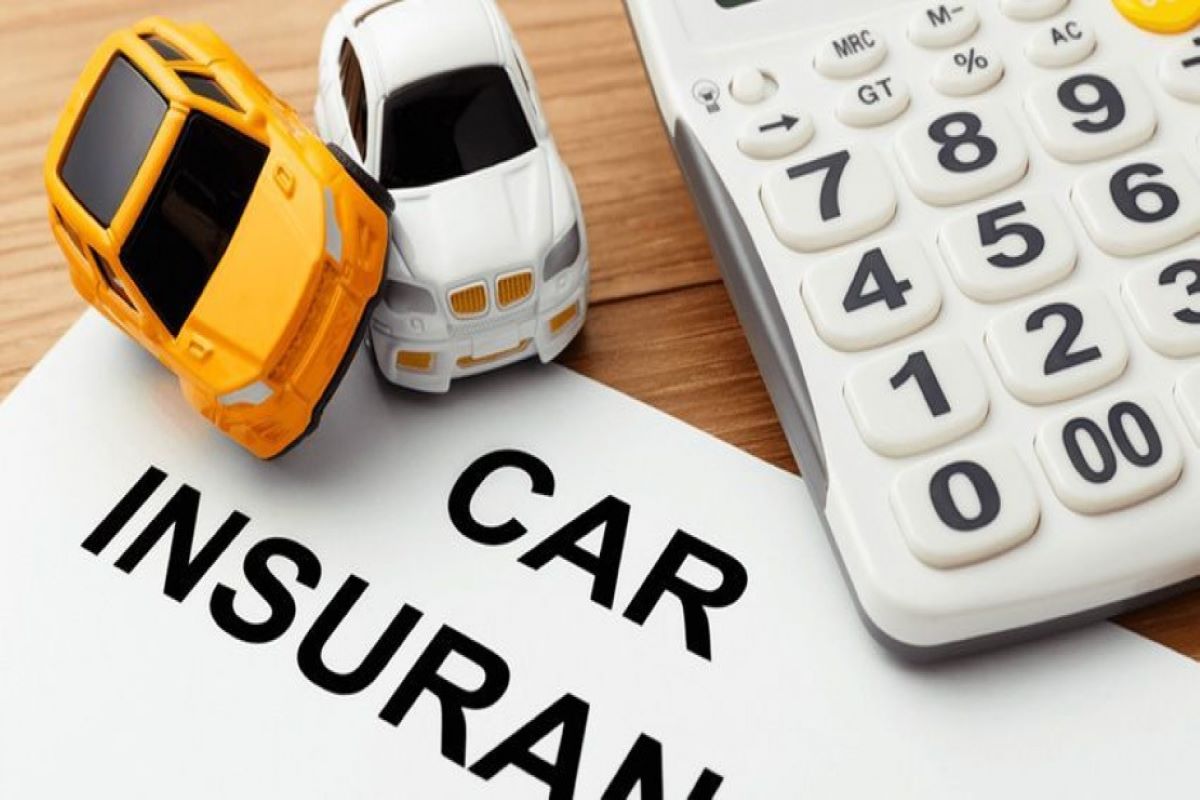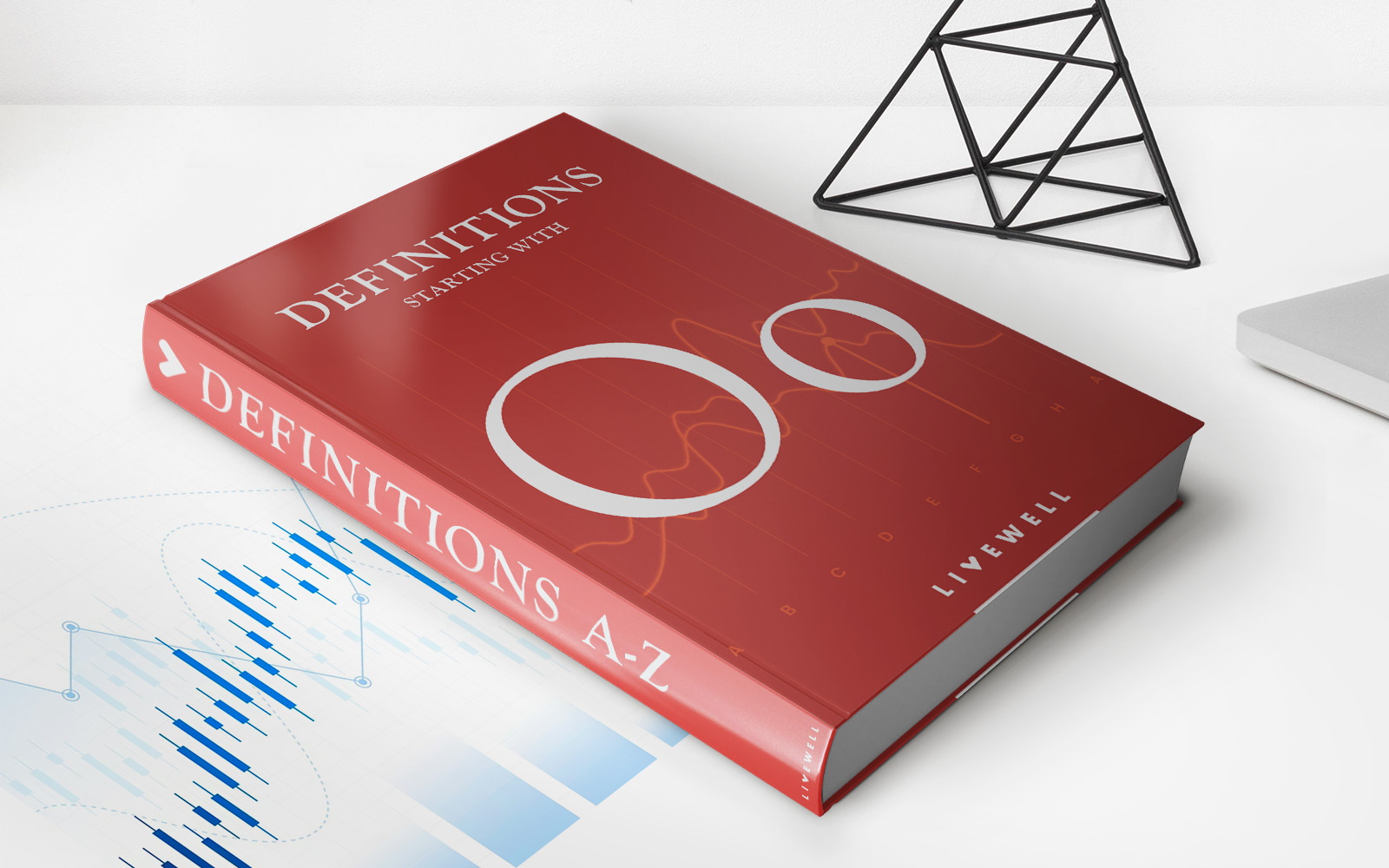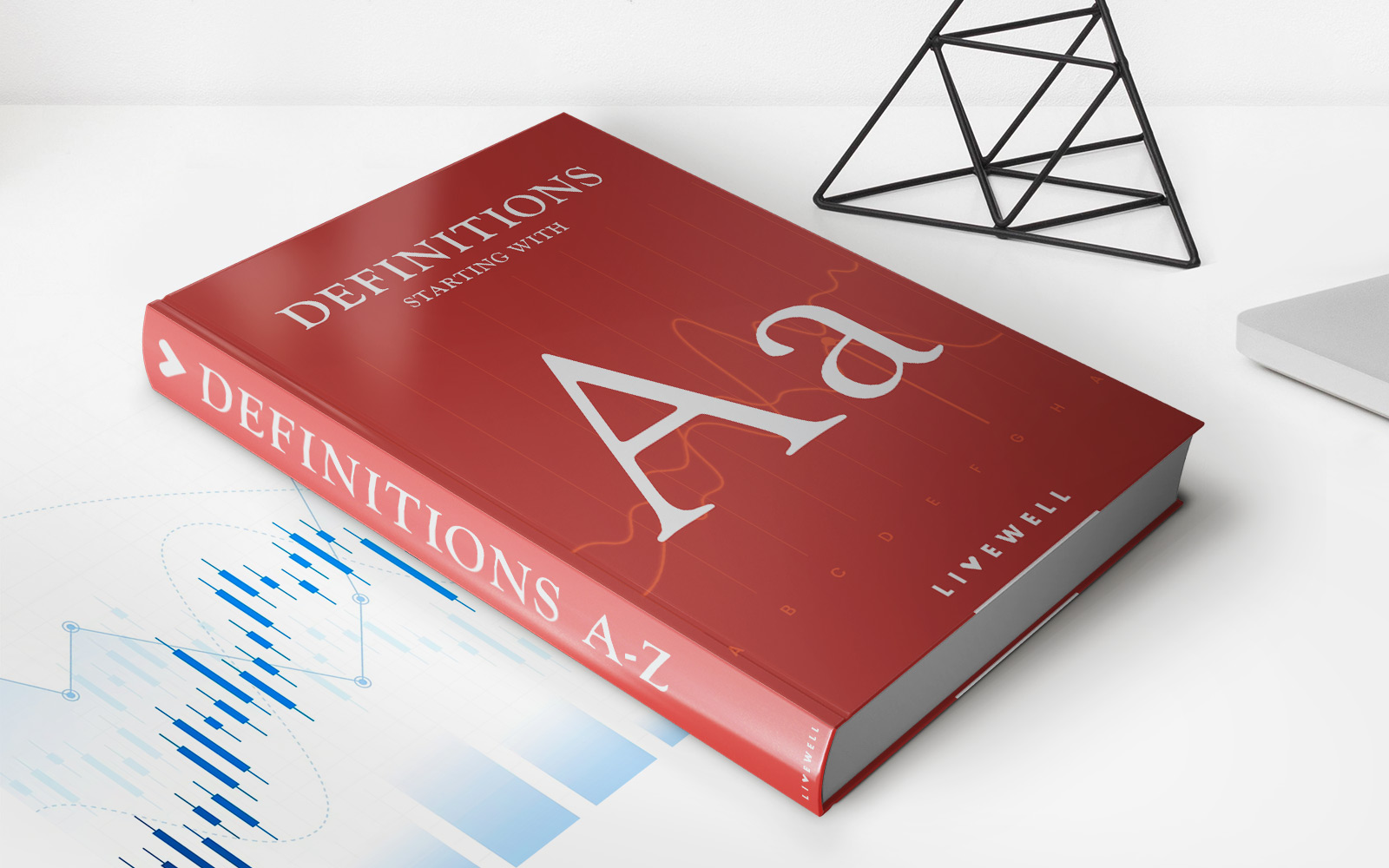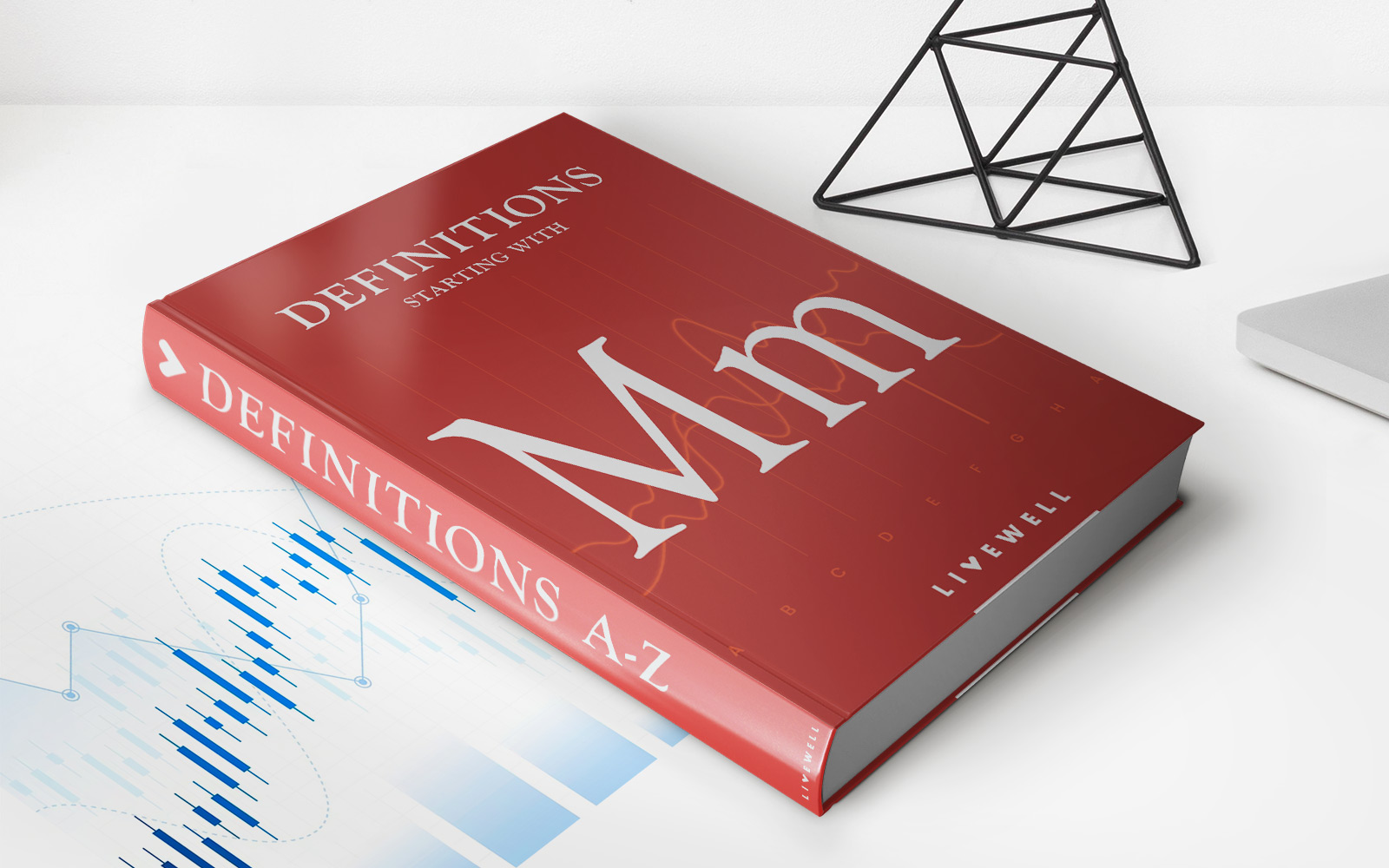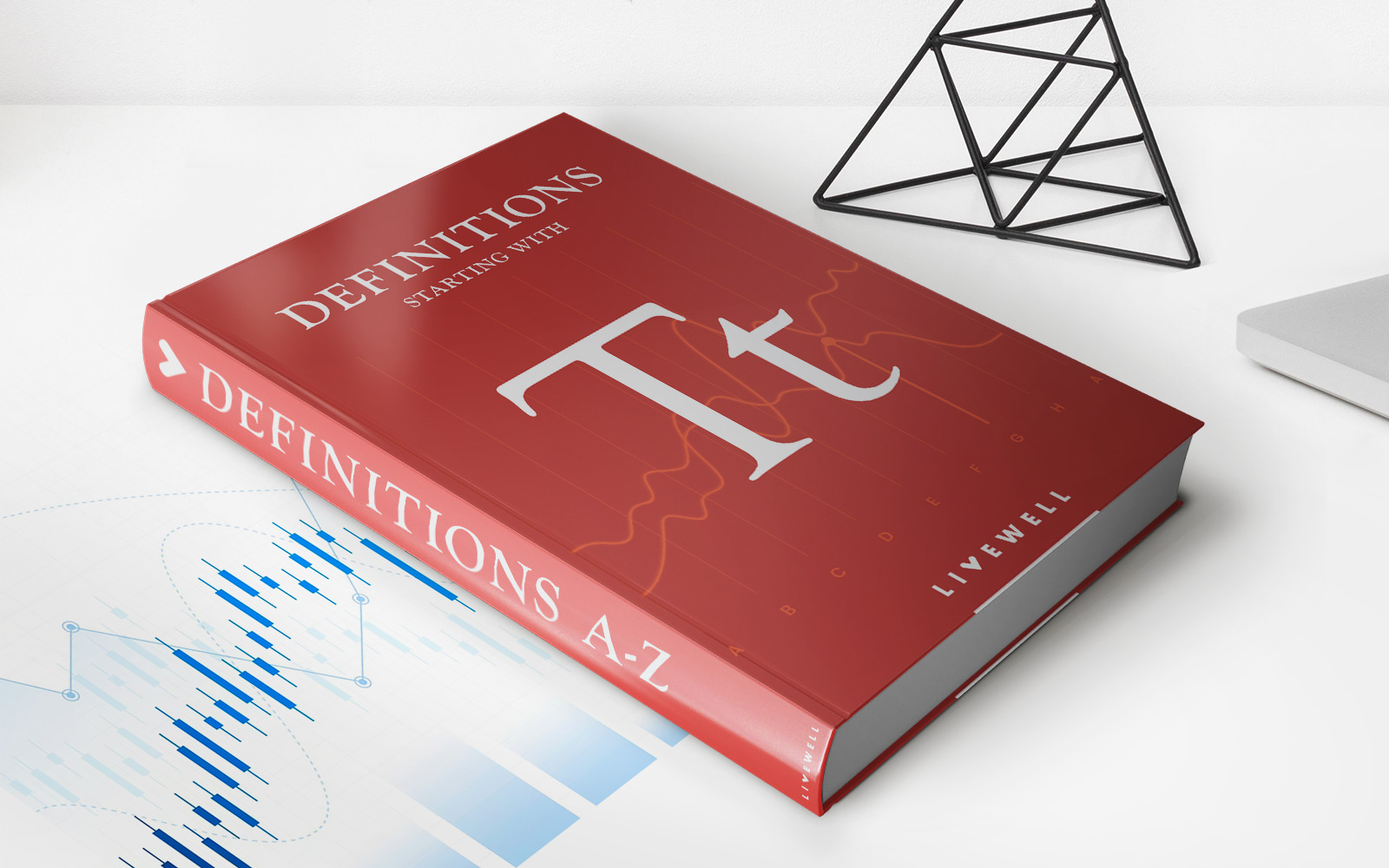Home>Finance>What Insurance Is Required When Financing A Car?


Finance
What Insurance Is Required When Financing A Car?
Published: November 20, 2023
Learn about the insurance requirements for financing a car. Ensure you have the right coverage in place to protect your investment.
(Many of the links in this article redirect to a specific reviewed product. Your purchase of these products through affiliate links helps to generate commission for LiveWell, at no extra cost. Learn more)
Table of Contents
- Introduction
- Understanding Car Financing
- Types of Car Insurance
- Insurance Required by Lenders
- Collision Insurance
- Comprehensive Insurance
- Gap Insurance
- Liability Insurance
- Personal Injury Protection (PIP)
- Uninsured/Underinsured Motorist Coverage
- Factors Affecting Insurance Premiums
- Tips for Finding the Right Insurance Coverage
- Conclusion
Introduction
When it comes to financing a car, understanding the various types of insurance requirements is crucial. Many people opt to finance their vehicles through loans or leases, which often come with specific insurance obligations. These requirements are put in place to protect both the lender and the borrower in the event of accidents, theft, or damage to the vehicle.
Car insurance provides financial coverage in case of unexpected incidents, such as collisions, natural disasters, or lawsuits resulting from accidents. While different states have different mandatory insurance requirements, lenders may often add additional insurance requirements to protect their investment. Therefore, it is important to have a comprehensive understanding of the various types of insurance coverage options available.
In this article, we will explore the different types of insurance necessary when financing a car. We will discuss the insurance required by lenders, as well as other essential coverage options to consider. Additionally, we will provide some tips to help you find the right insurance coverage that meets both your needs and your budget.
Understanding Car Financing
Car financing involves obtaining a loan or lease to purchase a vehicle. With financing, you have the flexibility to pay for the car over a set period of time, rather than having to save up the full purchase price upfront. There are two common options for car financing: loans and leases.
Car Loans: When you take out a car loan, you borrow the money from a lender to purchase the vehicle. You then make monthly payments, including principal and interest, until the loan is fully repaid. Once the loan is paid off, you own the car outright. It’s important to note that when you finance a car with a loan, the car serves as collateral, which means that failure to make payments can result in the vehicle being repossessed.
Car Leases: Leasing a car involves paying for the use of the vehicle for a specific period of time, typically two to four years. In a lease agreement, you make monthly payments based on the vehicle’s depreciation value and agreed-upon terms. At the end of the lease term, you return the car to the dealer and have the option to either lease another vehicle or purchase the leased vehicle at its residual value.
Regardless of whether you choose a loan or lease, it is important to understand that lenders will typically require you to have specific insurance coverage in place to protect their interests. These insurance requirements ensure that if anything happens to the vehicle, the lender will still be able to recoup their investment.
In the next section, we will delve into the different types of insurance that lenders may require when financing a car.
Types of Car Insurance
Car insurance is a vital component of car ownership, providing financial protection in the event of accidents, theft, or damage to the vehicle. There are several types of insurance coverage options available, each covering different aspects of potential risks and liabilities. Let’s explore some of the common types of car insurance:
1. Collision Insurance: Collision insurance covers repairs or replacement costs if your vehicle is involved in a collision with another vehicle or object, regardless of who is at fault. This coverage is important for financing a car because it protects the lender’s interest in the event of an accident.
2. Comprehensive Insurance: Comprehensive insurance covers damages to your vehicle caused by events other than collisions, such as theft, vandalism, natural disasters, or falling objects. Lenders often require comprehensive coverage to protect the vehicle from non-collision-related risks.
3. Gap Insurance: Gap insurance covers the difference between the actual cash value of your vehicle and the amount you owe on your car loan or lease. In the event of a total loss, such as theft or a severe accident, gap insurance ensures you are not left financially responsible for the remaining balance on your loan or lease after the insurance payout.
4. Liability Insurance: Liability insurance is mandatory in most states and covers damages or injuries caused to others in an accident where you are at fault. It typically includes two components: bodily injury liability, which covers medical expenses, and property damage liability, which covers damage to another person’s property.
5. Personal Injury Protection (PIP): Personal Injury Protection, also known as no-fault insurance, covers medical expenses, lost wages, and other related costs for you and your passengers, regardless of who is at fault in an accident. PIP coverage is required in some states and provides additional protection beyond liability insurance.
6. Uninsured/Underinsured Motorist Coverage: This type of insurance ensures that you are protected if you are involved in an accident with an uninsured or underinsured driver. It covers medical expenses, property damage, and other related costs when the at-fault driver lacks adequate insurance coverage.
These are just a few of the common types of car insurance coverage available. The specific types and amounts of insurance you will need when financing a car will depend on your lender’s requirements and your individual circumstances.
In the next section, we will discuss the insurance requirements typically imposed by lenders when financing a car.
Insurance Required by Lenders
When financing a car, lenders typically have specific insurance requirements to protect their interests in the event of an accident, theft, or damage to the vehicle. These requirements help ensure that the lender’s investment is protected and that the vehicle can be repaired or replaced if necessary.
The specific insurance requirements may vary depending on the lender and the terms of your financing agreement, but there are some common types of coverage that lenders typically require:
1. Collision Insurance: Lenders often require collision insurance, which covers damages to your vehicle in the event of a collision with another vehicle or object. This coverage ensures that the lender is protected in case of an accident that results in significant damage to the financed vehicle.
2. Comprehensive Insurance: Comprehensive insurance is usually a requirement by lenders. This insurance protects against non-collision-related damages, such as theft, vandalism, fire, or natural disasters. It covers the repair or replacement costs of the vehicle, reducing the financial risk for both the borrower and the lender.
3. Liability Insurance: Lenders commonly require liability insurance, which covers the cost of damages or injuries to others in an accident where you are at fault. This coverage protects both the lender and the borrower from potential legal liabilities and financial obligations arising from an accident.
4. Gap Insurance (if applicable): If you are financing a car with a loan, lenders may require gap insurance. Gap insurance covers the difference between the actual cash value of your vehicle and the amount you owe on your loan in the event of a total loss. It ensures that you are not left with a significant financial burden if your vehicle is stolen or totaled in an accident.
It’s important to note that lenders may have minimum coverage limits and may require you to name them as a lienholder or loss payee on your insurance policy. This helps ensure that the lender is notified in case of any policy changes or cancellations.
Before finalizing your car financing, it’s essential to communicate closely with your lender to understand their specific insurance requirements. This will help you find the appropriate coverage that meets their criteria while also protecting your own financial interests.
In the next sections, we will delve into more details about collision insurance, comprehensive insurance, and other optional car insurance coverages.
Collision Insurance
Collision insurance is a type of car insurance coverage that protects against damages to your vehicle in the event of a collision with another vehicle or object. This coverage is typically required by lenders when financing a car, as it helps protect their investment in case of an accident that results in significant damage to the financed vehicle.
When you have collision insurance, your insurance provider will pay for the repair or replacement costs of your vehicle, regardless of who is at fault in the collision. This coverage can be crucial in situations where the cost of repairing your vehicle is high or if your car is considered a total loss. Without collision insurance, you would be responsible for covering these expenses out of pocket.
It’s important to understand that collision insurance covers damages caused by collisions with other vehicles, objects, or even single-vehicle accidents such as hitting a tree or a wall. However, it typically does not cover damages caused by other factors such as theft, vandalism, or natural disasters. For such instances, comprehensive insurance is needed.
When considering collision insurance, there are a few factors to keep in mind:
- Deductibles: Collision insurance often comes with a deductible, which is the amount you must pay out of pocket before your insurance coverage kicks in. Typically, higher deductibles result in lower insurance premiums, while lower deductibles mean higher premiums.
- Vehicle Value: The value of your vehicle will also impact the cost of collision insurance. Generally, the more expensive your car is, the higher the premiums will be.
- Vehicle Age: The age of your vehicle can also influence the cost of collision insurance. Newer cars may have higher premiums due to their higher market value and costlier repairs, while older cars may have lower premiums as their value depreciates.
Before selecting collision insurance, it’s important to assess your budget, the value of your vehicle, and the potential risks you may face on the road. Additionally, it’s always advisable to compare insurance quotes from different providers to secure the best coverage at the most competitive price.
Comprehensive Insurance
Comprehensive insurance is an important type of coverage that protects your vehicle against damages caused by events other than collisions. When financing a car, lenders often require comprehensive insurance as it provides added protection to their investment beyond what collision insurance covers.
Comprehensive insurance coverage typically includes protection against damages caused by theft, vandalism, fire, natural disasters, falling objects, and other unforeseen circumstances. It covers the repair or replacement costs of your vehicle up to its actual cash value, minus any deductible.
Having comprehensive insurance ensures that you are financially protected in various scenarios. For example, if your vehicle is stolen, comprehensive insurance will help cover the cost of replacing it. Similarly, if your car is damaged in a hailstorm or by a falling tree branch, comprehensive insurance will cover the repair costs.
It’s important to note that comprehensive insurance does not cover damages caused by collisions. For this, you will need collision insurance. However, when both collision and comprehensive coverage are combined, they provide a comprehensive level of protection for your vehicle against a wide range of risks.
When considering comprehensive insurance, here are some factors to consider:
- Deductibles: Just like collision insurance, comprehensive insurance often has a deductible, which is the amount you must pay out of pocket before your coverage kicks in. Choosing a higher deductible may lower your premiums, but you’ll have to pay more in case of a claim.
- Vehicle Value: The value of your vehicle affects the cost of comprehensive insurance. More expensive vehicles will generally have higher premiums due to their higher repair or replacement costs.
- Location: The location where you primarily drive and park your vehicle can impact comprehensive insurance rates. Areas with higher rates of theft, vandalism, or natural disasters may have higher premiums.
It’s essential to review your comprehensive insurance options and compare quotes from different providers to ensure you have the right level of coverage for your needs and budget. Additionally, it’s important to communicate with your lender to ensure you meet their specific comprehensive insurance requirements when financing a car.
Gap Insurance
Gap insurance, also known as guaranteed asset protection insurance, is an optional coverage that can provide additional financial protection when financing a car. While not always required by lenders, it is highly recommended, especially if you owe more on your loan or lease than the actual value of your vehicle.
When you finance a car, there can be a significant gap between the amount you owe on the loan or lease and the actual cash value of the vehicle. This is because cars typically depreciate in value over time, and if your car is totaled or stolen, your insurance payout may not be enough to cover the remaining balance you owe. This is where gap insurance comes into play.
Gap insurance covers the difference, or the “gap,” between the actual cash value of your vehicle and the remaining balance on your loan or lease. In the event of a total loss, such as a severe accident or theft, gap insurance will help pay off your loan or lease, ensuring you are not left with a significant financial burden.
Here are a few key points about gap insurance:
- Loan vs. Lease: Gap insurance is applicable for both car loans and leases. It helps protect you regardless of the financing option you choose.
- Benefits for New Cars: Gap insurance is especially valuable for new cars, as they tend to depreciate quickly in the first few years. If your vehicle is declared a total loss shortly after purchase, the gap between the loan balance and the actual cash value can be substantial.
- Limitations: Gap insurance typically has coverage limits and may not cover certain expenses, such as skipped or late payments, extended warranties, or other add-ons included in your financing agreement. It is essential to carefully review the terms and conditions of your gap insurance policy.
When considering gap insurance, it’s recommended to discuss the coverage with your insurance provider or lender. They can provide guidance on the options available and help you determine if gap insurance is necessary based on your unique circumstances.
While gap insurance is an additional cost, it can provide peace of mind knowing that you are protected in case of a total loss. It ensures that you are not left with a financial burden in the event that your vehicle’s value depreciates faster than your remaining loan or lease balance.
Liability Insurance
Liability insurance is a key component of car insurance and is required in most states. It protects you financially in the event of an accident where you are at fault and provides coverage for damages to other people’s property and any injuries sustained by others involved in the accident.
When financing a car, liability insurance is typically a mandatory requirement by lenders. This coverage not only protects you but also safeguards the lender’s interest in case you cause an accident that results in property damage or bodily injury. It helps ensure that you are financially responsible for the harm caused to others and their property.
Liability insurance coverage is usually split into two main components:
- Bodily Injury Liability: Bodily injury liability coverage pays for medical expenses, lost wages, and other related costs if you injure someone in an accident. It helps cover the injured party’s medical bills and any legal costs if they decide to sue for damages as a result of the accident.
- Property Damage Liability: Property damage liability coverage covers the cost of repairing or replacing someone else’s property that was damaged in an accident for which you are held responsible. This can include damage to another vehicle, structures, or other objects such as fences, lampposts, or mailboxes.
The specific coverage limits for bodily injury and property damage liability insurance are usually expressed as three numbers, such as 50/100/50. The first number represents the maximum coverage per person for bodily injury, the second number represents the total coverage per accident for bodily injury, and the third number represents the maximum coverage for property damage.
It’s important to note that liability insurance only covers damages to others; it does not provide coverage for your own injuries or damage to your own vehicle. For that, you would need additional coverage, such as collision insurance and comprehensive insurance that we discussed earlier.
When selecting liability insurance, it’s crucial to consider your financial situation and assets. It’s generally recommended to have coverage that exceeds the minimum required by your state, as accidents can lead to significant medical and property damage expenses.
To ensure you have the appropriate liability insurance coverage, consult with your insurance provider or agent. They can help you determine the right coverage limits for your specific circumstances and provide you with a policy that meets both your state’s requirements and your lender’s guidelines.
Personal Injury Protection (PIP)
Personal Injury Protection (PIP), also known as no-fault insurance, is a type of car insurance coverage that provides medical expense coverage, lost wages, and other related costs for you and your passengers, regardless of who is at fault in an accident. While not required in all states, some states mandate PIP coverage, while others offer it as an optional add-on.
When financing a car, having PIP coverage can be beneficial as it provides additional protection beyond traditional liability coverage. It ensures that medical expenses and other costs are covered promptly, reducing the financial burden on you and your passengers.
Here are some key features of PIP coverage:
- Medical Expenses: PIP coverage reimburses medical expenses resulting from car accidents, including hospital visits, surgeries, medications, and rehabilitation.
- Lost Wages: If the accident causes you to miss work, PIP coverage compensates for lost wages for a specified period of time, helping you keep up with your financial obligations.
- Funeral Expenses: In the unfortunate event of a fatal accident, PIP coverage can also provide coverage for funeral expenses.
- Other Costs: PIP coverage may cover other essential costs related to the accident, such as childcare expenses, household services if you are unable to perform them, or transportation to and from medical appointments.
PIP coverage differs from traditional liability coverage in that it focuses on providing immediate medical attention and financial support for the policyholder and their passengers, regardless of who is at fault in the accident. It helps streamline the claims process and ensures that necessary medical treatments are obtained without delay, which can be crucial in cases of severe injuries.
It’s worth noting that PIP coverage has limits and may vary depending on the state regulations and the specific policy. Coverage options can range from basic medical expense coverage to more comprehensive coverage that includes higher limits and additional benefits.
When considering PIP coverage, it’s important to review your existing health insurance policy, as well as any coverage provided by your employer. Understanding how your health insurance and PIP coverage interact can help you determine the appropriate coverage levels for your needs.
To determine if PIP coverage is required or recommended in your state, consult with your insurance provider or agent. They can provide you with the necessary information to make an informed decision on whether to include PIP coverage as part of your car insurance policy.
Uninsured/Underinsured Motorist Coverage
Uninsured/Underinsured Motorist (UM/UIM) coverage is an essential component of car insurance that protects you financially if you are involved in an accident with a driver who either does not have insurance or has insufficient insurance to cover the damages. While it may not be required by all states, UM/UIM coverage is highly recommended when financing a car.
UM/UIM coverage provides coverage for medical expenses, lost wages, and other damages that you and your passengers may incur in an accident caused by an uninsured or underinsured driver. It helps bridge the financial gap between the at-fault driver’s inadequate coverage or lack thereof and the total costs associated with the accident.
Here are a few key points to understand about UM/UIM coverage:
- Uninsured Motorist Coverage: Uninsured motorist coverage comes into play when you are involved in an accident caused by a driver who does not have any insurance coverage. It helps cover your medical expenses, property damage, and other losses resulting from the accident.
- Underinsured Motorist Coverage: Underinsured motorist coverage is applicable when the at-fault driver’s insurance coverage is insufficient to fully compensate for your injuries or damages. It helps make up the difference between their policy limit and the total cost of your losses.
- Hit-and-Run Accidents: UM/UIM coverage also protects you in hit-and-run accidents where the at-fault driver flees the scene and cannot be identified or located. In such cases, this coverage provides financial assistance for medical expenses and property damages.
By having UM/UIM coverage, you can ensure that you and your passengers are protected even if the other driver involved in the accident fails to carry adequate insurance or any insurance at all. This coverage can be especially valuable in jurisdictions with a higher percentage of uninsured or underinsured drivers.
When selecting UM/UIM coverage, it is important to consider the coverage limits and options offered by your insurance provider. The coverage limits should be sufficient to cover potential medical expenses, lost wages, and property damages resulting from an accident with an uninsured or underinsured driver.
Consult with your insurance provider or agent to understand the requirements and options available for UM/UIM coverage in your state. They can guide you on the appropriate coverage limits and help you determine the best insurance policy to protect your financial interests when financing a car.
Factors Affecting Insurance Premiums
Insurance premiums for car insurance are determined by various factors that assess the level of risk associated with insuring a vehicle and driver. Understanding these factors can help you better comprehend why your insurance premium may be higher or lower and take steps to potentially reduce your premiums. Here are some key factors that influence car insurance premiums:
- Driving Record: Your driving record is a significant factor considered by insurance companies. Drivers with a history of accidents, traffic violations, or DUI convictions are considered higher risk and may face higher premiums.
- Age and Experience: Younger, less experienced drivers are statistically more likely to be involved in accidents, so they tend to have higher premiums. Older drivers with a long history of safe driving often benefit from lower premiums.
- Location: Where you live can impact your insurance premium. Areas with higher crime rates or higher traffic congestion are associated with increased risks, resulting in higher premiums.
- Type of Vehicle: The make and model of your vehicle affect your insurance premium. Sports cars or luxury vehicles are typically more expensive to insure due to their higher cost of repair or replacement.
- Usage: How you use your vehicle also affects your premium. If you use your car for business purposes or have a long commute, your insurance premium may be higher than someone who uses their vehicle solely for personal use and has a shorter commute.
- Credit History: In some states, insurance companies consider credit history when determining premiums. A lower credit score may result in higher insurance rates, as statistics show a correlation between credit history and insurance claims.
- Deductible Amount: The deductible is the amount you must pay out of pocket before your insurance coverage kicks in. Opting for a higher deductible can lower your premiums, but it means you will have to pay more in case of a claim.
- Coverage Limits: The amount and types of coverage you choose also impact your premium. Higher coverage limits typically result in higher premiums.
It’s important to note that each insurance company may weigh these factors differently, so premiums can vary between providers. To find the best insurance premium for your needs, it’s recommended to compare quotes from multiple insurance companies before making a decision.
Additionally, many insurance companies offer discounts for various factors such as safe driving records, bundling multiple policies, taking defensive driving courses, or having certain safety features installed in your vehicle. Exploring these discounts can help reduce your premiums while maintaining the necessary coverage.
By being aware of the factors that affect insurance premiums and taking steps to minimize risk, you can find ways to potentially lower your premiums and secure the best insurance coverage at a more affordable price.
Tips for Finding the Right Insurance Coverage
Finding the right insurance coverage for your financed car is essential for protecting your financial interests while complying with the requirements set by your lender. Here are some tips to help you navigate the process and find the right insurance coverage:
- Assess Your Needs: Evaluate your specific needs and preferences when it comes to car insurance. Consider factors such as your financial situation, the value of your vehicle, your driving habits, and your risk tolerance. This will help you determine the types of coverage you need and the coverage limits that suit your circumstances.
- Research Insurance Providers: Take the time to research different insurance providers. Look for reputable companies with good customer service and a strong financial standing. Read reviews and compare quotes from multiple providers to ensure you are getting the best coverage at a competitive price.
- Understand Coverage Options: Familiarize yourself with the various types of coverage available, such as collision, comprehensive, liability, PIP, and UM/UIM. Understand what each type of coverage entails and how it aligns with your needs and the requirements set by your lender.
- Review Deductibles: Consider the deductibles associated with different coverage options. Higher deductibles can lower your premiums but may require you to pay more out of pocket in case of a claim. Find a balance that suits your budget and risk tolerance.
- Ask About Discounts: Inquire about applicable discounts that can help lower your insurance premiums. Common discounts include safe driver discounts, multi-policy discounts, and discounts for safety features installed in your vehicle. Taking advantage of these discounts can result in significant savings.
- Seek Professional Advice: If you’re unsure about the insurance coverage you need or have questions about specific terms, don’t hesitate to consult with an insurance agent or broker. They can provide expert guidance tailored to your situation and help you make informed decisions.
- Review Policy Annually: As your circumstances change, it’s important to review your insurance policy annually. Evaluate any changes in your vehicle’s value, your driving habits, or your location that might necessitate adjustments to your coverage. Regularly reassessing your policy ensures you have adequate coverage at all times.
- Read the Fine Print: Before finalizing any insurance policy, carefully read and understand the terms and conditions. Pay attention to coverage limits, exclusions, and any additional fees or charges. Being aware of the details will help you avoid surprises and ensure your coverage meets your expectations.
By following these tips, you can navigate the process of finding the right insurance coverage for your financed car with confidence. Adequate insurance coverage will protect your investment, fulfill your lender’s requirements, and provide you with peace of mind on the road.
Conclusion
When financing a car, understanding the insurance requirements and finding the right coverage is crucial to protect your investment and comply with your lender’s guidelines. Car insurance provides financial security in case of accidents, theft, or damage to your vehicle. By knowing the various types of insurance coverage options, such as collision, comprehensive, liability, PIP, UM/UIM, and gap insurance, you can make informed decisions about the coverage that suits your needs.
Lenders typically require collision, comprehensive, and liability insurance to safeguard their interests. Collision insurance covers damages from collisions, while comprehensive insurance protects against non-collision-related risks. Liability insurance covers damages and injuries caused to others in accidents where you are at fault. Additionally, gap insurance is recommended to cover the difference between your car’s value and the amount you owe on your loan or lease.
Factors affecting insurance premiums include your driving record, age and experience, location, type of vehicle, usage, credit history, deductible amount, and coverage limits. Understanding these factors will help you make adjustments to potentially lower your premiums.
When searching for the right insurance coverage, assess your needs, research insurance providers, understand coverage options, review deductibles, inquire about discounts, seek professional advice, and thoroughly read policy terms and conditions. Regularly review and reassess your policy to ensure it aligns with your changing circumstances.
In conclusion, obtaining the appropriate insurance coverage for your financed car is vital for protecting your financial well-being and complying with lender requirements. By carefully considering your options and implementing the tips outlined in this article, you can find the insurance coverage that provides adequate protection, peace of mind, and a sense of security on the road.
